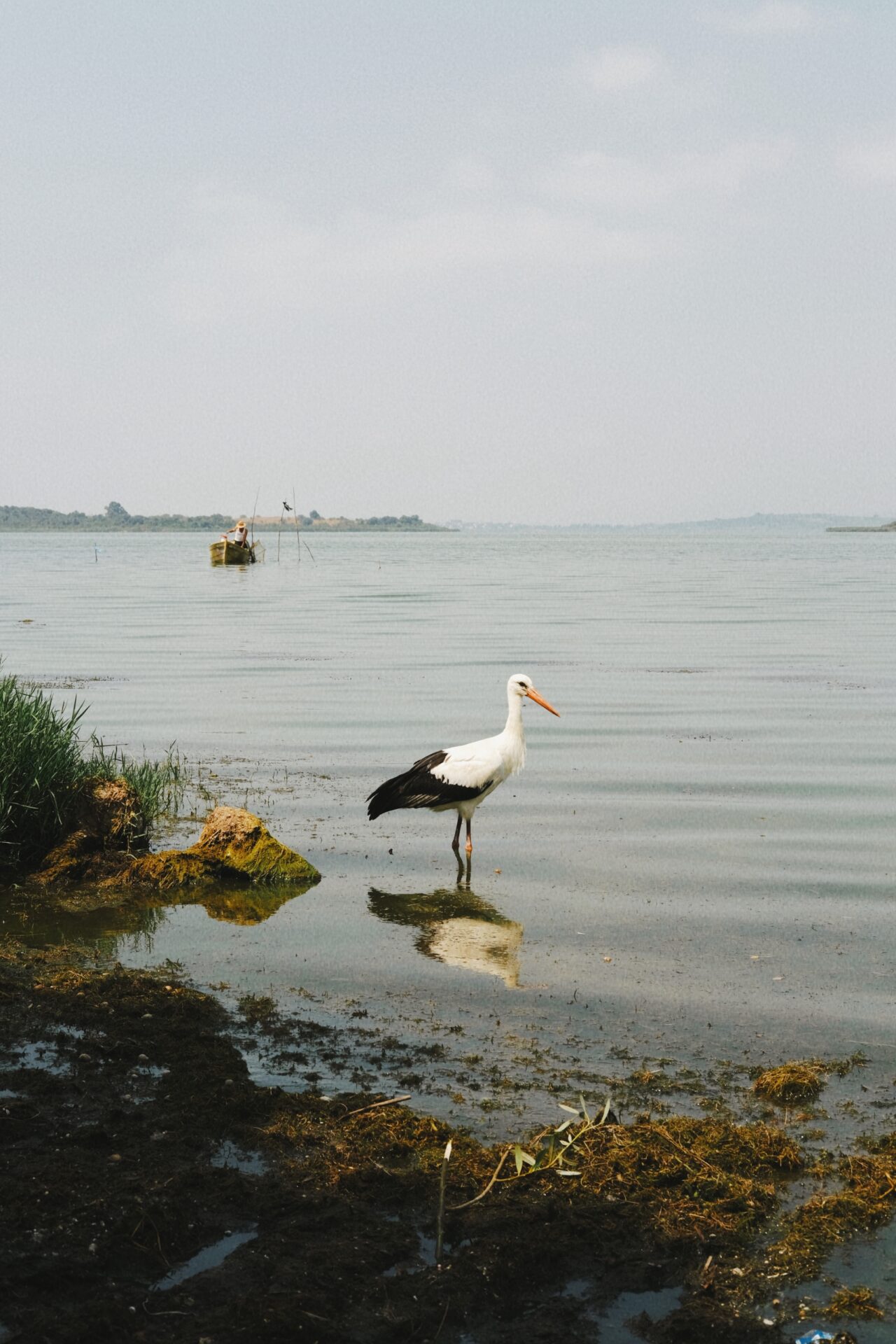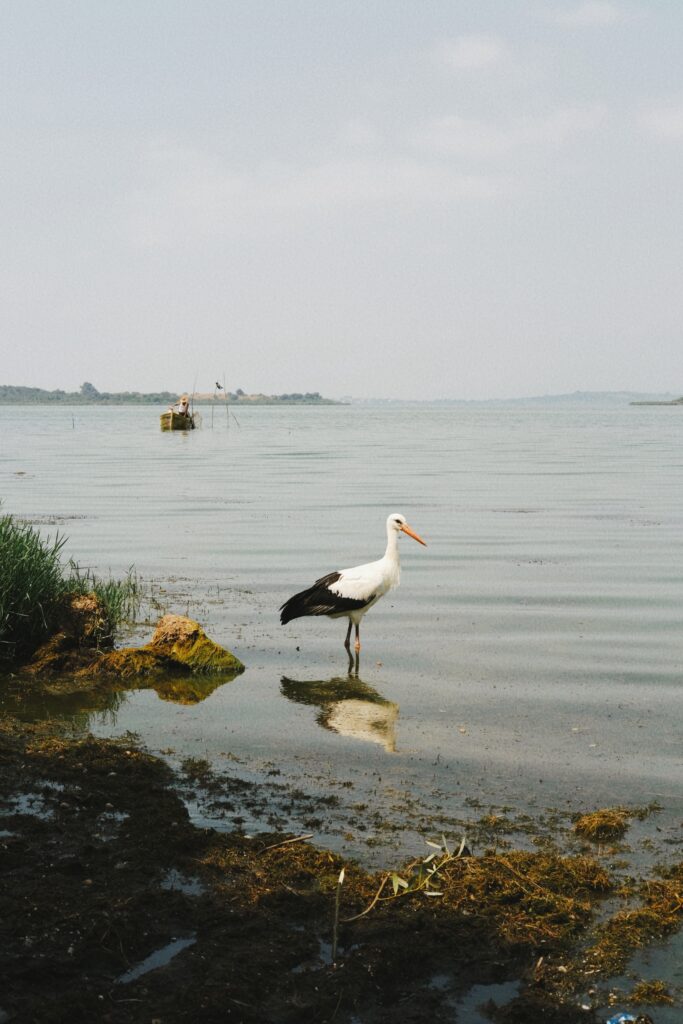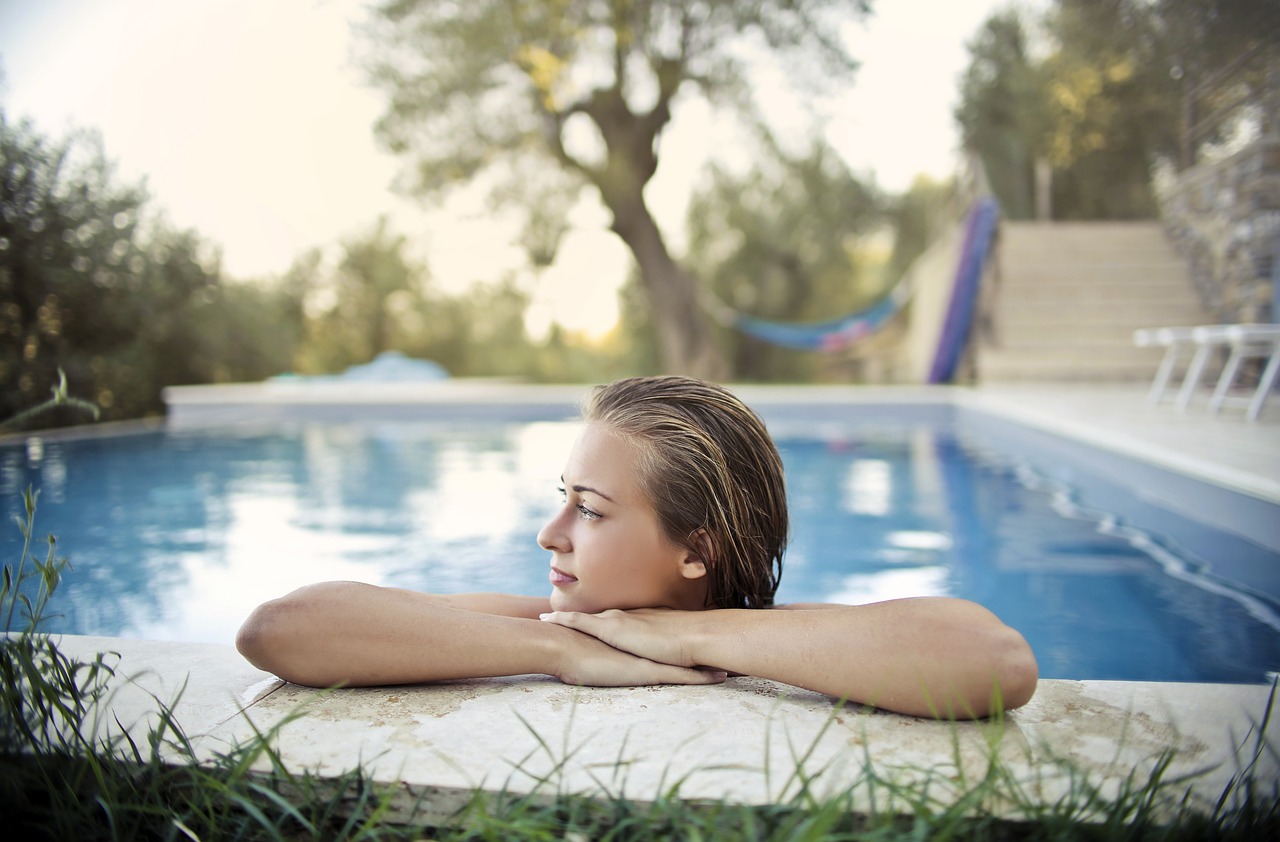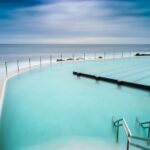Ready to take a dip in your backyard pool this summer? Before you do, have you ever wondered how long you can keep the same water in your pool? It’s an important question, as water quality is essential for a safe and enjoyable swimming experience. In this article, we’ll explore the factors that determine the lifespan of pool water, giving you all the information you need to keep your pool water crystal clear and sparkling for as long as possible. So, grab your towel and let’s dive in!
Factors Affecting the Lifespan of Pool Water
Whether you are a pool owner or just enjoy swimming, you may have wondered how long you can keep the same water in a pool. The lifespan of pool water is influenced by various factors, including pool water maintenance, water quality, and environmental factors. By understanding these factors and taking appropriate measures, you can prolong the lifespan of your pool water and ensure a clean and enjoyable swimming experience.
This image is property of images.pexels.com.
1. Pool Water Maintenance
Proper pool water maintenance is crucial for maintaining the lifespan of your pool water. This involves regular testing and balancing, filtration and circulation, proper cleaning and skimming, and adding sanitizers and chemicals as needed.
1.1 Regular Testing and Balancing
Regularly testing and balancing the pool water is essential to keep it in optimal condition. This involves testing pH levels, monitoring chlorine levels, and adjusting alkalinity and calcium hardness.
1.1.1 Testing pH Levels
The pH level of pool water determines its acidity or alkalinity. It should be maintained within the ideal range of 7.2 to 7.8. Regularly testing the pH level and adjusting it accordingly using pH increasers or decreasers can prevent issues such as eye and skin irritation and corrosiveness.
1.1.2 Monitoring Chlorine Levels
Chlorine is a commonly used sanitizer in pools that helps kill bacteria and algae. Regularly monitoring chlorine levels and ensuring they are within the recommended range (1-3 parts per million) is crucial for proper sanitization and preventing the growth of harmful microorganisms.
1.1.3 Adjusting Alkalinity and Calcium Hardness
Balancing alkalinity and calcium hardness is important for preventing scale buildup and corrosion. Alkalinity should be maintained between 80 and 120 parts per million, while calcium hardness should be between 200 and 400 parts per million. Testing these levels and making necessary adjustments using alkalinity and calcium hardness increasers or decreasers can help prolong the lifespan of your pool water.
1.2 Filtration and Circulation
Filtration and circulation play a vital role in keeping pool water clean and clear. Proper filtration removes debris, dirt, and other contaminants, while circulation helps distribute the chemicals evenly and prevent stagnant areas.
1.2.1 Importance of Filtration
The filtration system helps remove physical impurities from the pool water, including leaves, insects, and dirt. It consists of a pump, filter, and skimmer basket. Regularly cleaning and maintaining the filtration system ensures effective removal of debris, improving the overall water quality.
1.2.2 Duration of Filtration
The duration of filtration depends on factors such as pool size, usage, and environmental conditions. As a general rule, running the filtration system for 8-12 hours a day is recommended. However, in hot or heavily used pools, it may be necessary to increase the filtration time to maintain proper water quality.
1.2.3 Optimal Circulation
Proper circulation of pool water helps prevent stagnation and ensures even distribution of chemicals. You can achieve optimal circulation by positioning return jets strategically, using a pool cover that allows water movement, and avoiding any obstructions that restrict the flow of water. Regularly adjusting and monitoring the direction and intensity of water circulation can help maintain the desired water quality.
1.3 Proper Cleaning and Skimming
Regular cleaning and skimming of the pool water are vital to remove debris, prevent the growth of algae and bacteria, and maintain optimal water quality. This process involves removing debris, brushing pool surfaces, and vacuuming the pool.
1.3.1 Removing Debris
Leaves, insects, and other debris can find their way into your pool, causing it to become dirty and creating an environment for algae and bacteria to thrive. Regularly skimming the pool surface and removing debris using a net or skimmer basket can prevent contamination and prolong the lifespan of your pool water.
1.3.2 Brushing Pool Surfaces
Brushing the pool surfaces helps remove algae, bacteria, and dirt that may be clinging to the walls and floor. Regularly brushing the pool surfaces, especially in hard-to-reach areas, prevents the buildup of algae and other contaminants, keeping the water clean and clear.
1.3.3 Vacuuming the Pool
Vacuuming the pool helps remove fine particles, debris, and dirt that may have sunk to the bottom. This is especially important in pools with no automatic cleaners. Regularly vacuuming the pool not only improves the overall water quality but also prevents the accumulation of debris that can clog the filtration system.
1.4 Adding Sanitizers and Chemicals
Adding sanitizers and chemicals to your pool water is necessary to kill bacteria, control algae growth, and maintain proper water balance. The primary sanitizer used in pools is chlorine, but alternative sanitizers are also available for those with sensitivities or preferences.
1.4.1 Chlorine as a Sanitizer
Chlorine is widely used as a sanitizer in pools due to its effectiveness in killing bacteria, viruses, and algae. Regularly adding chlorine in the form of tablets, liquid, or granules helps maintain the desired chlorine level and prevent the growth of harmful microorganisms.
1.4.2 Alternative Sanitizers
For those who prefer alternatives to chlorine or have sensitivities, there are alternative sanitizers available, such as bromine or mineral-based sanitizers. These can provide effective sanitization while catering to specific needs or preferences.
1.4.3 Regular Shocking
Regularly shocking the pool with a higher dose of chlorine or a non-chlorine shock treatment helps eliminate contaminants, bacteria, and algae that may have built up over time. Shocking the pool water every 1-2 weeks, or as recommended based on usage and environmental factors, helps maintain water clarity and prevent issues such as cloudy water or unpleasant odors.
This image is property of images.pexels.com.
2. Water Quality
Water quality is another crucial factor that affects the lifespan of pool water. The initial source of water, its treatment, water hardness, and the presence of contaminants can all have an impact on the water quality.
2.1 Source of Water
The source of water you use to fill your pool can determine its initial quality. The common sources of water are municipal tap water, well water, and rainwater or harvested water.
2.1.1 Municipal Tap Water
Municipal tap water is treated and supplied by local water authorities. It is generally safe to use, but it often contains chemicals such as chlorine or chloramines, which may need to be neutralized or reduced before use in the pool.
2.1.2 Well Water
Well water is sourced from underground aquifers and may vary in quality depending on the location and geological characteristics. Well water may contain minerals, metals, or other impurities that can affect the pool water quality. Testing the well water and taking appropriate measures to address any issues is crucial before using it to fill your pool.
2.1.3 Rainwater or Harvested Water
Rainwater or harvested water can be an alternative source for filling your pool. However, it is important to note that rainwater may contain contaminants from the atmosphere or surrounding areas. Filtering and treating rainwater before using it in the pool is necessary to ensure optimal water quality.
2.2 Initial Water Treatment
Treating the initial water used to fill your pool is essential to ensure its quality and safety. This involves filtration and sediment removal, balancing chemical levels, and testing for metals and minerals.
2.2.1 Filtration and Sediment Removal
Before filling your pool, the initial water should be passed through a filtration system to remove sediment, dirt, and other physical impurities. This helps prevent the accumulation of debris in the pool and ensures a cleaner fill.
2.2.2 Balancing Chemical Levels
Balancing the chemical levels in the initial water is crucial to prevent any imbalances that may affect the pool water quality. Testing and adjusting the pH, alkalinity, and calcium hardness levels before filling the pool helps create a stable foundation for maintaining water balance.
2.2.3 Testing for Metals and Minerals
Testing the initial water for the presence of metals and minerals is important, as they can affect the pool water quality and cause staining or scaling. If elevated levels of metals or minerals are detected, appropriate treatment options, such as using sequestrants or chelating agents, should be considered to prevent any issues in the pool water.
This image is property of images.pexels.com.
3. Environmental Factors
Various environmental factors can impact the lifespan of pool water, including rainfall and evaporation. Understanding these factors and their effects can help you make appropriate adjustments and maintain optimal water quality.
3.4 Rainfall and Evaporation
Rainfall and evaporation are natural occurrences that can affect the water level and composition of your pool water.
3.4.1 Effects of Rainfall
Rainfall can introduce additional water to your pool, diluting the chemical balance and affecting its overall quality. It can also bring contaminants from the atmosphere or surrounding areas. Testing the water after a heavy rainfall and making necessary adjustments to the chemical levels helps maintain water balance.
3.4.2 Evaporation and Water Loss
Evaporation is a common process that causes water loss from your pool. This can concentrate chemicals and minerals in the water, potentially affecting its balance. Monitoring the water level and replenishing it as needed helps maintain proper water quality and prevents any chemical imbalances.
3.4.3 Impact of Water Changes
Regular changes in the pool water, whether due to rainfall or evaporation, can affect its overall lifespan and quality. Understanding the potential effects of water changes allows you to adjust your pool maintenance routine accordingly, ensuring that your pool water remains clear, clean, and enjoyable for a longer period of time.
In conclusion, the lifespan of pool water is influenced by various factors, including pool water maintenance, water quality, and environmental factors. Regular testing and balancing, proper filtration and circulation, thorough cleaning and skimming, and the addition of sanitizers and chemicals help maintain optimal water quality. The source and initial treatment of water, as well as environmental factors such as rainfall and evaporation, also play a significant role in determining the lifespan of pool water. By addressing these factors and following proper maintenance practices, you can ensure that your pool water remains clean, clear, and enjoyable for an extended period of time.









